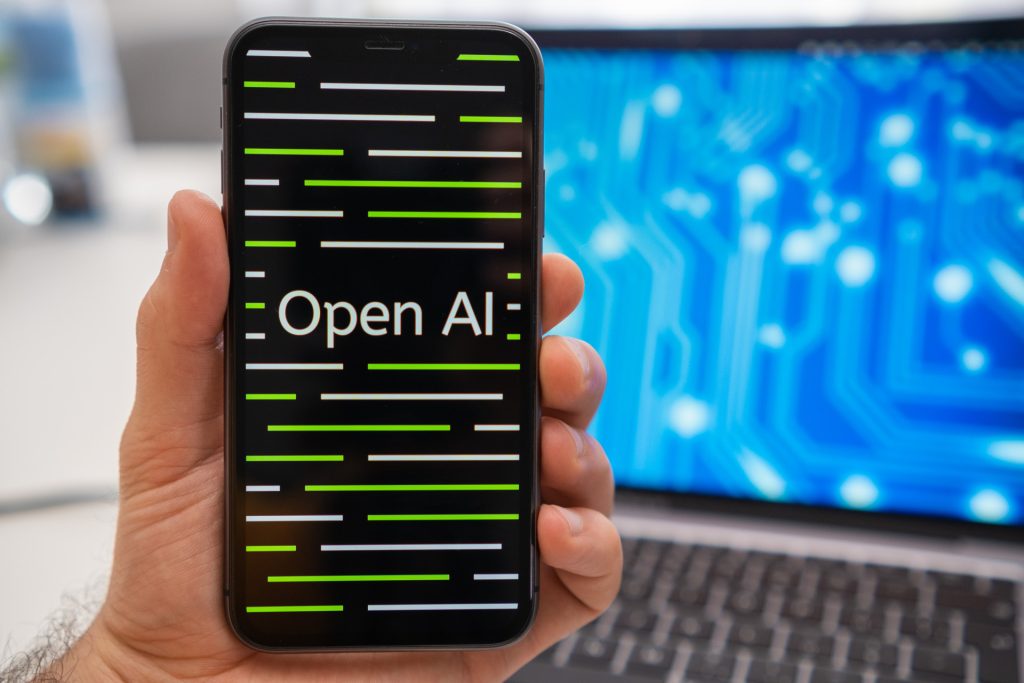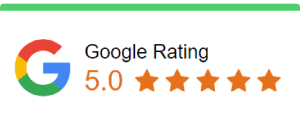OpenAI has once again captured the world’s attention with the release of its latest language model, “O1.” The company claims that this model possesses human-like reasoning abilities, allowing it to outperform even subject matter experts in fields such as mathematics, coding, and science. But can a machine truly think and reason like a human? And if so, what does this mean for the future of artificial intelligence?
In this article, we’ll break down what OpenAI says about the O1 model, explore its potential real-world applications, and highlight why independent verification is crucial before accepting these claims at face value.
What Is the O1 Model?

OpenAI’s O1 model is its most recent innovation in the field of AI, designed specifically to improve complex reasoning. According to the company, O1 excels in tasks that require a deep understanding of logic, such as mathematical problem-solving, programming, and scientific analysis. This is a significant leap from previous AI models, which were more focused on generating natural language rather than performing technical reasoning.
While O1’s capabilities sound impressive, the true challenge lies in understanding whether this model can consistently match or surpass human intelligence across various domains.
Extraordinary Claims by OpenAI
OpenAI has made several bold claims about the O1 model’s abilities. According to the company, O1 can score in the 89th percentile on competitive coding challenges, such as those hosted by Codeforces. This places it among the top performers in programming competitions, which are typically dominated by highly skilled human developers.
Moreover, OpenAI insists that O1 ranks among the top 500 students in the elite American Invitational Mathematics Examination (AIME). In the realm of science, O1 allegedly outperforms PhD-level experts on benchmark exams covering physics, chemistry, and biology.
These are extraordinary claims that would signify a major breakthrough in AI’s ability to tackle complex, domain-specific tasks. However, extraordinary claims require extraordinary evidence—something that is yet to be publicly verified.
Reinforcement Learning and the “Chain of Thought” Process
At the heart of O1’s capabilities is a technique called reinforcement learning, a method that allows the AI to learn through trial and error. But what makes O1 particularly interesting is its use of the “chain of thought” approach. This process enables the model to break down complex problems into smaller, manageable steps, much like a human would.
By simulating step-by-step logic, O1 can analyze mistakes and adjust its strategy before delivering a final answer. This ability to reason through problems in a structured way is what OpenAI claims gives O1 its edge over traditional language models.
Does O1 Truly Outperform Humans?
The question remains: Can O1 truly outperform humans in areas like math, coding, and science? While OpenAI’s internal testing results are promising, the AI community remains cautious. Previous models have often overpromised on their capabilities, only for independent testing to reveal limitations.
Until third-party experts can validate O1’s performance, it’s wise to treat these claims with some skepticism. Independent benchmarks will be key in determining whether O1 lives up to its potential.
Implications for Math, Coding, and Science
If O1’s claims hold true, it could revolutionize several technical fields. In math, O1 could assist researchers in solving complex equations and contribute to advancements in theoretical fields. In coding, it could automate the debugging process and enhance software development by identifying problems more efficiently.
In science, O1’s ability to reason across multiple domains could have a profound impact on interdisciplinary research. However, these potential applications hinge on O1’s actual performance in real-world scenarios.
O1’s Role in Improving AI for Content and Query Understanding
Beyond technical fields, O1 could significantly improve the way AI models understand and interpret content. For digital marketers and SEO specialists, this could be a game-changer. If O1 can process complex queries and deliver more accurate responses, it could enhance user experience across search engines, content platforms, and customer service bots.
Imagine an AI that not only understands the intent behind a search query but also reasons through it to deliver a nuanced answer. This could reshape how content is ranked and presented in search results.
The Need for Third-Party Validation
While OpenAI’s claims are exciting, third-party validation is essential. Without independent testing, it’s impossible to verify whether O1 truly outperforms human experts in competitive settings. Past AI models have often fallen short of initial promises when subjected to rigorous external testing.
Independent benchmarks will provide the objectivity needed to assess O1’s real capabilities and identify any potential shortcomings. Until then, it’s important to approach these claims with a healthy dose of skepticism.
Comparing O1 to Previous OpenAI Models
So how does O1 stack up against previous models like GPT-3 and GPT-4? While these earlier models were designed to excel at generating human-like text, O1 is positioned as a major step forward in reasoning and problem-solving. Its focus on technical skills makes it stand out from other models in the AI landscape.
Practical Applications of O1 in Real-World Scenarios
The potential for O1 goes far beyond theoretical claims. If validated, it could be integrated into existing AI tools, including ChatGPT, to improve how these platforms process and respond to user input. For businesses, this could translate into faster, more accurate customer support, more efficient code review processes, and even breakthroughs in scientific research.
O1’s Impact on the Future of AI in Technical Professions
AI models like O1 could drastically change how industries operate, particularly in technical professions like engineering, data science, and programming. With AI taking on more complex tasks, human workers might shift toward more strategic and creative roles, allowing for more innovation in their fields.
However, there are ethical considerations to keep in mind. If AI becomes too advanced in reasoning, it could displace certain jobs or be used in ways that undermine human decision-making. Striking a balance between human oversight and AI autonomy will be crucial.
Challenges in Developing Human-Like Reasoning in AI
Despite the promising nature of reinforcement learning, developing human-like reasoning in AI remains one of the most difficult challenges. Human reasoning is influenced by emotions, biases, and experiences, which are hard to replicate in machines. While O1’s chain of thought process is innovative, it may still fall short of truly matching the complexity of human cognition.
The Role of AI in the UAE’s Digital Transformation
In the UAE, companies like Art Revo are at the forefront of digital transformation. AI innovations like O1 could greatly enhance the way businesses operate, particularly in digital marketing, where understanding complex user queries and generating personalized content are essential.
For a company like Art Revo, implementing advanced AI models could lead to better marketing strategies, more effective campaigns, and an overall boost in operational efficiency.
Skepticism: Why We Should Be Cautious About O1’s Claims
While it’s exciting to think about the possibilities of AI reaching human-like reasoning, we should approach OpenAI’s claims with a degree of caution. In the past, similar claims about AI models have been tempered after independent testing revealed limitations. It’s crucial for OpenAI to provide transparent, reproducible evidence before we fully accept O1’s capabilities.
Conclusion
OpenAI’s O1 model promises to be a major leap forward in AI reasoning, with the potential to outperform humans in areas like math, coding, and science. However, extraordinary claims require extraordinary evidence, and until we see independent verification, it’s essential to remain cautious. The future of AI is undoubtedly bright, but how far we’ve truly come remains to be seen.
FAQs
1.What makes OpenAI’s O1 model different from previous models?
The O1 model is specifically designed to excel in reasoning and problem-solving, particularly in technical fields like mathematics, coding, and science. Unlike previous models focused on generating text, O1 aims to simulate human-like logical thinking.
2.Can O1 really outperform humans in competitive tasks?
According to OpenAI, O1 performs at a high level in programming challenges and math competitions, even ranking among top human performers. However, these claims require independent testing for full validation.
3.How can Art Revo benefit from OpenAI’s O1 model?
For digital marketing agencies like Art Revo, O1’s ability to reason and process complex queries could improve content generation, campaign strategies, and SEO performance. The model could help provide more accurate insights and drive better marketing outcomes.
4.What role could O1 play in the UAE’s growing digital market?
As the UAE continues to embrace digital transformation, AI models like O1 could help businesses optimize their operations and improve decision-making. Industries across the UAE, including marketing, finance, and education, could see significant benefits from implementing advanced AI models.
5.Is it safe to rely on O1’s reasoning abilities?
While O1 shows promise, it’s important to wait for independent testing and real-world use cases before fully relying on its reasoning abilities. AI is still evolving, and O1’s performance in everyday tasks remains speculative until proven.



